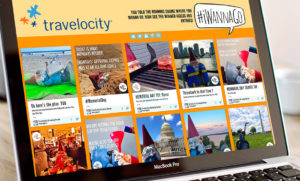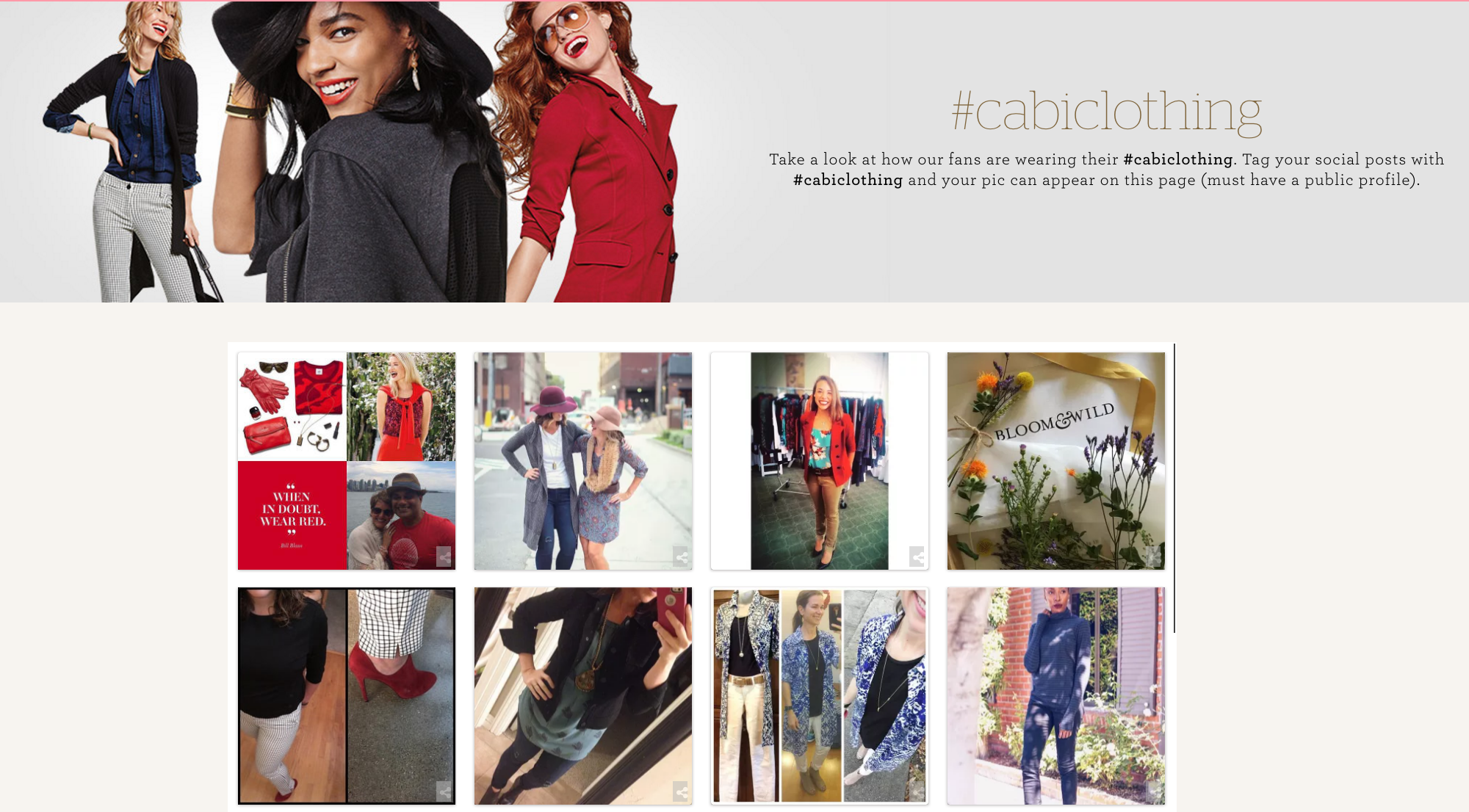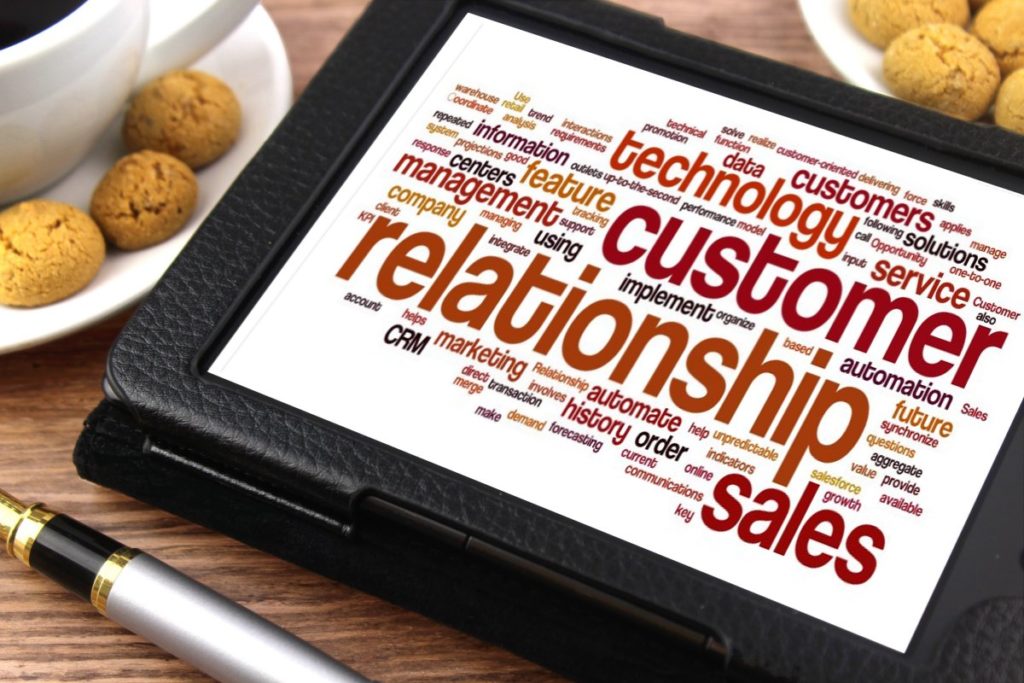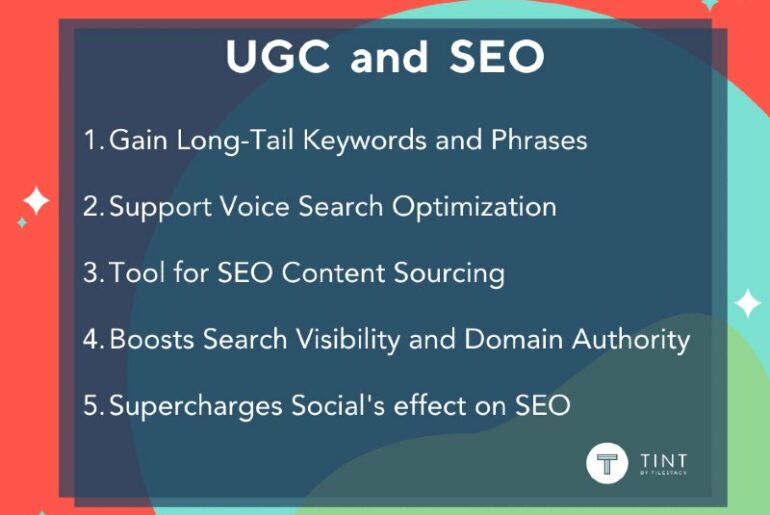In this internet-inspired age, consumers are beginning to take on a new role as brand characters. Where they were once passive receptacles for marketing efforts, they are now making their way into the driving seat and becoming more and more savvy by the day.
No longer do they buy products from the companies that shout the loudest. Instead, they seek out brands they connect with and who have similar moral values as them.
So what does this mean for brands and businesses? What does this shift in role mean for future advertising efforts?
At its core, it’s a good thing. Building relationships with customers builds trust and trust is what brings in the sales and creates a loyal community of fans.
Building trust has become the go-to phrase for businesses these past couple years, but what exactly does it mean? Generally, it means opening up the metaphorical doors of your business and letting your customers in; letting them see for themselves what goes on and what you’re all about, not crafting a marketing story that you want them to see.
This is where the idea of your customers becoming brand characters come in.
What Even Is a Brand Character?
Let’s start at the beginning (see what I did there?).
Every brand has a story, and for a story to develop and a plot to unfold, there needs to be characters to drive it. In the past, companies used carefully crafted figures to push the story in the direction they wanted it to go, which we’ll talk about in a moment. But today? Today, your customers are the ones with the power; they’re the ones with the pens in their hands and the blank page in front of them.
Your customers being a brand character means they are an integral part of your business. It means your story wouldn’t be complete without them.
The History of Characters in Brand Storytelling
As I mentioned before, brand characters used to be the brainchildren of marketing teams in an attempt to relate to customers. These characters tended to (and still do, to some extent) fall into two categories.
Firstly, you have the brand mascots. These are iconic characters like Colonel Sanders and Ronald McDonald. We associate them so intrinsically with a certain brand (KFC and McDonald’s) that they’ve kind of becoming their own entity entirely. And there’s no doubt about it – these types of characters have seen success.
Brand mascots have been known to boost Facebook shares over non-character visual content, with the Charmin Bears increasing shares by 585% and Tony the Tiger increasing shares by 279%.
Secondly, you have the “characters” that portray a set of characteristics rather than a single person or mascot. Look at perfume adverts for key examples of this. Chanel no.5, for instance, has used glamorous celebrities like Nicole Kidman and Keira Knightley to promote their products over the years.
These celebrities are firstly used because they are well known, but they’re mainly used because they personify a set of characteristics that Chanel No.5 want its customers to buy into. Kidman and Knightley are both sophisticated actresses with a sense of elegance about them, which basically tells customers “if you buy this perfume, you’ll also be elegant and sophisticated.”
This notion of selling characteristics rather than a product has been used in advertising for years – in fact, even now, nearly 20% of all commercials feature a famous person, according to the Hollywood Madison Group. And, Karen Post, branding expert and founder of The Branding Diva, says there are three major factors at play when a brand chooses a celebrity to endorse its perfume, the most prominent of these being the “ability to evoke the right emotions based on the brand strategy.”
These days, brands are beginning to realise that customers relate to other customers rather than a fictional made-up character that has been created especially to sell, or a celebrity that seems like a million miles away.
What’s Changed Now?
Today, we only have to look at the stats that show 80% of content is user-generated. Though there are still brand characters around (Colonel Sanders and Ronald McDonald still go hand-in-hand with their respective brands), companies are steering more towards using real people as their brand characters, kind of like brand ambassadors, if you will.
These aren’t just celebrities who are paid to promote a product or characters created for the sole purpose of selling, they are people who have actively used the product and can show how they have benefitted from it.
“Honesty and transparency are important in brand storytelling. Yes, you’re crafting ‘stories’, but they need to be rooted in the reality of your brand, products, and industry.” – Susan Gunelius on Forbes.
Reality in this day and age is authentic and trustworthy – two key factors that are garnered from previous buyers not fictional stories made up by brands.
Brand Storytelling
Brand storytelling has become huge since consumers now have a vested interested in the products they buy and where they buy them from. With so many new businesses popping up every day, creating a unique brand story is a key way to attract attention and build an audience.
By employing your customers as brand characters, you’re using smaller stories to build up your bigger brand story. Take a look at Salesforce’s Pinterest board for customer success stories. Here, previous buyers share their experiences and results, building up a bigger story surrounding how Salesforce can benefit other customers.
Another great example of brand storytelling using real people is Google’s story showing a man in Delhi talking to his granddaughter about a childhood friend. Note that the product isn’t the centre of the commercial. Instead, the emotion from the man and the granddaughter is, and this is precisely why brands are using regular people to promote their products.
People connect with people, and people love stories. Combining these two forces together creates a seriously strong marketing strategy which brands are beginning to see the incredible value in.
User Generated Content
With the global reach and easy accessibility of the internet today, it’s really easy to get customers on board with being brand characters. Buyers are way more reachable through social media platforms. They’re posting things for their friends to see, they’re posting experiences they have with products, and they’re more willing to share their stories online now they have more platforms to do it on.
Let’s look at an example from Krispy Kreme. With the help of Tint, they implemented the hashtag #FavoriteKrispyKreme, encouraging customers to share their stories of their favourite donut to bring together into a bigger story about Krispy Kreme’s selection of donuts.
How Brands Can Turn Their Customers Into Characters
It might seem like a daunting task, putting your marketing efforts into the hands of your customers, but it doesn’t have to be. In fact, there are three easy steps you can follow to turn your customers from one-time buyers into loyal fans and brand characters.
1. Nurture
First of all, you want to open up a conversation with your audience. Past marketers spoke at their customers, but this just won’t fly anymore. It’s not enough to simply sell, sell, sell. Instead, you need to create a relationship with your audience in order to start the process of turning them into fans.
2. Prompt
Krispy Kreme’s customers didn’t share their stories out of nowhere. Instead, they were prompted to share their views via a hashtag. Though you might get a few stories shared from customers without having to ask, the best way to build up to a bigger story is to prompt your customers with hashtags or a specific theme to share their stories around.
3. Incentive
To really increase the involvement of your audience, provide them with an incentive to share their story. Brands like Travelocity offered a prize to their customers who posted their stories on social media. The best way to do this is to work in a competition, where the best story or response wins an awesome prize.

Footaction is a great example of this. They asked customers to share “how they own the sneaker game” for a chance to win a $200 Footaction voucher.
As you can see, storytelling for brands is so important in order to build relationships and create authentic conversations with audiences. Gone are the days are implementing fake characters in order to simply sell, and instead we welcome in the new age of customers as brand characters.
These new characters share real life stories that people can connect with and which build trust – the key things in today’s online landscape.
So, while it might seem like Ronald McDonald and Colonel Sanders are the answer, it’s actually Bob from a small town in Ohio or married mom-of-three Jessica who hold the key to selling your product.
Want to learn more about how to get started with User Generated Content? Drop us a line for a free strategy session!





